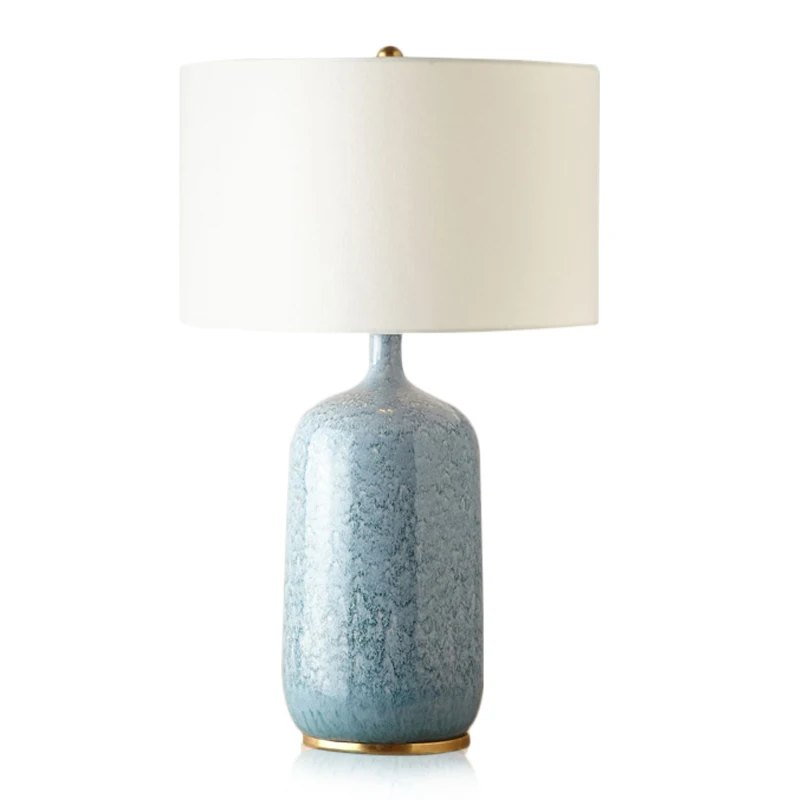
LEAFLETS
PRODUCTS
Table Lamps More Than Just Illumination
Ambiance and Mood Setting
The most immediate impact of a table lamp lies in its ability to subtly alter the mood of a room. A brightly lit, high-intensity lamp can create a vibrant and energetic atmosphere, perfect for focused work or lively gatherings. Conversely, a softly glowing lamp with a warm-toned shade can foster a cozy and relaxed ambiance, ideal for unwinding after a long day or enjoying a quiet evening with a good book. The choice of bulb type – incandescent, LED, or halogen – further contributes to this effect. Incandescent bulbs emit a warm, yellowish light often associated with comfort and nostalgia, while LEDs offer a cooler, crisper light that can feel more modern and efficient. The dimmer switch, a commonplace feature on many modern table lamps, allows for seamless transitions between these moods, adapting the lighting to the specific needs and desires of the moment.
Beyond the light itself, the lamp's design plays a crucial role in setting the atmosphere. A sleek, minimalist lamp with clean lines can add a contemporary touch to a space, while an ornate, vintage lamp can inject a sense of history and character. The material of the lamp base and shade – whether it's ceramic, metal, glass, or fabric – also contributes to the overall aesthetic, subtly influencing the feeling of the room. A rustic wooden lamp will evoke a different mood compared to a polished chrome one.
Accentuating Architectural Features and Decor
Table lamps are exceptionally versatile tools for highlighting the architectural features and décor of a room. Strategically placed, they can draw attention to specific areas, creating visual focal points. Positioning a table lamp next to a striking piece of artwork, for instance, can beautifully illuminate the artwork’s details and texture, making it a more prominent feature of the space. Similarly, placing a lamp near a fireplace or an interesting architectural detail, like a built-in bookshelf, can subtly emphasize these elements, enhancing their visual appeal.
Furthermore, table lamps can be used to create visual balance and harmony within a room. In a large room with sparse furniture, strategically placed lamps can break up the emptiness and create a more inviting and intimate feeling. Conversely, in a cluttered room, lamps can help to delineate different zones, visually separating areas for work, relaxation, or dining. The interplay of light and shadow created by the lamps can add depth and complexity to the space, transforming a flat and lifeless room into a dynamic and engaging environment.
Personal Expression and Style
Beyond their functional and aesthetic contributions, table lamps are powerful tools for self-expression. They are a subtle yet effective way to showcase personal style and taste. The choice of lamp reflects individual preferences, from minimalist designs to eclectic combinations of materials and colors. A handcrafted lamp, for example, speaks of a connection to artisanal production and unique design sensibilities, whereas a mass-produced lamp might reflect a preference for streamlined aesthetics and practicality.
The lamp's placement also contributes to the narrative of the space. A vintage lamp on a bedside table tells a story of cherished memories and treasured objects. A modern, sculptural lamp on a desk reflects a preference for clean lines and contemporary design. The lamps, therefore, become miniature expressions of individuality, carefully curated details that collectively create a unique and personal living space. This ability to reflect personal tastes makes them more than just lighting; they are essential components of a carefully cultivated home.
Beyond Illumination: Well-being and Functionality
The impact of table lamps extends beyond ambiance and aesthetics. Proper lighting is crucial for our well-being, affecting mood, sleep patterns, and even productivity. Choosing the right lamp can significantly contribute to a healthy and comfortable living environment. Warm-toned light in the evening, for instance, can promote relaxation and aid in sleep. Bright, cool-toned light during the day, however, can boost alertness and enhance concentration for tasks requiring focus.
Furthermore, many table lamps offer added functionalities, transcending their primary role as light sources. Some lamps incorporate USB charging ports, providing convenient power access for electronic devices. Others include built-in Bluetooth speakers, transforming the lamp into a multi-functional entertainment center. These additional features increase their practicality and enhance their role in modern living, demonstrating that table lamps have truly evolved beyond their traditional purpose.
In conclusion, table lamps are far more than simple sources of illumination. They are versatile design elements, capable of transforming the mood of a room, highlighting architectural features, reflecting personal style, and even contributing to our overall well-being. Understanding their multifaceted capabilities allows us to utilize them effectively, creating spaces that are not only well-lit but also aesthetically pleasing, comfortable, and deeply personal.SUBSCRIBE
INQUIRY










